The city of Alpine, Texas, hosted what they called Wildlife Weekend: Bats, Bears, Bighorns back in January. I am a bit late in telling you about it, but it is worth a story, late or not. On Friday, January 31, I drove to Alpine which took me through Seminole and Odessa, which weren’t particularly eye-catching. But after I went a bit more, I found myself with mountains on either side of me, and found no litter, and that was rather nice.
Upon arriving in Alpine the first thing you see is Sul Ross State University and its distinctive Southwest landscaping, which is really nice.
The highway becomes a one-way street through town, making a turn at the other end of town, coming back the other way. It makes it pretty easy to navigate through town. It made me easy to find the Holland Hotel where I was going to stay for the weekend. It’s an old historical hotel that has been restored to its original splendor from back in the early days when cattlemen were a big part of Alpine’s economy.
They even stayed true to the old days with their room keys; had a box to return them in and had a charge of $30 if you walked off with it! To have installed typical room cards would have meant changing the original doors, so they stuck with the original keys.
I toured town a bit before going to the first session at the Museum of the Big Bend. The programs, projects, and activities were closely tied to graduate students and professors at Sul Ross State University, Texas Parks and Wildlife, Borderlands Research Institute, Big Bend Conservancy, Texas State University, and Bats Conservation International. The programs included a look at the comeback of black bears to West Texas, the importance of bats to the environment, and relocating desert bighorn sheep to restore their West Texas population.
Yes, those are bighorns getting a helicopter ride to the Franklin Mountains in El Paso! The Franklin Mountains have no aoudad sheep, imported in the 1950s for hunting which carry a lung disease that is fatal to bighorns, and this will isolate bighorns and give them a chance to reproduce and come back in their natural state in Texas.
The Museum of Big Bend had art displays that we all enjoyed after the programs were over. I found this particular piece interesting and so lifelike.
Saturday, February 1, I found the Alpine Farmers Market that had about as many wildlife booths connected to the programs as the usual farmers market type vendors. For instance, this display of the different species of bats. Who knew there are so many? They also had the collars they put on some of the bears, mountain lions, and bighorn sheep to track their movements to learn more about them. Eventually the collars come off, but by then they have documented lots of information.
A Wild Scavenger Hunt contest gave participants some focus on what we were learning about these wild animals from the programs and displays, and it was fun to look for the information. For example: Pretend you are a hungry bear. Find something you might eat; Pretend you are a bighorn biologist. Find something you might use to study the bighorns. When your sheet was all filled out, you were to turn it in to be entered in a drawing for an American the Beautiful National Parks Pass. I don’t remember some of my answers now, and I didn’t win the pass, but it was a fun way to learn about the animals and roam around the town.
At noon everyone gathered at the Granada Theatre downtown for lunch and several short presentations on a variety of topics. Shelby duPerier talked about high-elevation owls in the Davis Mountains. Andrew Dotray discussed the competition between the aoudad and mule deer after aoudad removal. Eliana Dykehouse talked about the effects of the timing of mowing pastures on pollinators and plants, something I had not considered before. Ty Goodwin evaluated the effects of timing and length of grazing on forage production, nutrition and soil moisture in Marfa grasslands.Gray Hancock talked about retaining topsoil for hydrology improvements. Hayley Shultz discussed the survival of scaled quail through the seasons. And I learned there are four varieties of quail, and the one in the Muleshoe area is the only one whose call says it’s name-bob white! I thought all quail talked like that.
I missed the bird watching tour, but took the hike up the hill behind the Sul Ross campus, the Hancock Hill Trail. A desk has been taken up to the top of the hill and has a book for people who hike up there to write in. Well, we didn’t take the trail to the desk, but we did hike the hill, and Sul Ross professor Dr. Ryan S. Luna served as a guide talking about the birds, animals, geology, and plants as we hiked. I was the slowest one on the hike, but didn’t really slow anyone else down and enjoyed the hike and the information about the flora and fauna.
Three more talks came that evening after the hike. We learned more about the bears and how the Borderlands Research Institute is tracking the bear population and educating the human population on getting along with the bears, things like putting bars over the dumpster lids to keep the bears out. Bat Conservation International discussed the importance of bats in nature and the fact that bats pollinate and gather nectar from agave blooms when they migrate, and how the conservation group is replanting agaves along the migration path to help the bats. Texas Parks and Wildlife talked about the impact of imported aoudad sheep on native bighorn sheep and the relocation of 77 healthy bighorns to the Franklin Mountains, isolated from aoudads that carry a lung disease that does no harm to them, but kills bighorns, which has almost decimated the natural bighorn population. The mountains surround the area which should keep the two groups separated and remain a healthy home for the bighorns.
Supper that night was on our own, and I enjoyed a lovely meal at the Reata Restaurant.
Sunday, February 2, had three activities, a tour of the Chihuahuan Desert Nature Center, a wildlife art workshop at the Alpine Public LIbrary, and another art session about characterization when drawing animals, but I chose the one that would put me back in the direction of home, the desert nature tour.
The Chihuahuan Desert Nature Center is on the way to Fort Davis from Alpine, so I set out on a pleasant drive through mountains to the nature center. Along the way, I saw this pointed mountain in the distance. What with no traffic on a Sunday morning, I just stopped in the middle of the road and took a picture. I’m bad about that when I’m in the middle of nowhere and usually get away with it.
While waiting for everyone to arrive, I checked out the displays in the main building. One of the fun ones was the Scat and Tracks chest of drawers. Each drawer had footprints and scat and information for an animal typically found in the Chihuahuan Desert. This was geared to interest kids, and I’ll bet it is successful. I mean, kids giggle at poop, right? Surely this would get their attention.
After a short introduction, we took out on the tour. We had a guide who was trying to answer questions from the other people who obviously weren’t completely well-versed on cacti and other southwest succulent plants. I got bored and excused myself to go the rest of the way to the cactus greenhouse, museum, they called it, on my own. Lots of impressive yuccas, agaves, and others on the way.
They also have a mining museum with examples of ore that had been mined in the area and equipment used by miners.
Along a row of examples of things that used to be mined there, they even had a pile of zeolite, what comprises cat litter!
As I was leaving, I looked to my left and there was that strange mountain I had stopped in the road to photograph. It is called Mitre Peak and had its own write-up in the office. Landmark volcanic upheaval and is called Mitre Peak because it is shaped something like a bishop’s cap, a mitre.
I came home through Fort Davis rather than going back to Alpine and had asked for a recommendation for a place to eat. Lupita’s was suggested, and I drove all the way through town before I came to it, thought surely I had missed it. It was busy, so that was a good sign. A small group of motorcyclists were also there, complete with knives in their belts and probably guns I didn’t see, but the food was good!
On the way to the event, I kept passing fields that were a dark green with plants uniformly about the same size. I wasn’t familiar with the plant and hesitated to stop for a picture there, but then on the way home I passed some of the same thing. So this time I stopped and took a picture of what I had been told was creosote bush at the nature center. I had also asked about it in Alpine, and they weren’t crazy about it since it seems to take over a pasture and is hard to eradicate. The woman at the nature center, however, was not of that opinion and felt like it had its place in the landscape of the area. I am glad we don’t seem to have it here to deal with. Our weeds and tumbleweeds are enough, thank you. And it’s really not very pretty.
From Fort Davis, I came home through Balmorhea, Monahans, Kermit, and Hobbs before hitting the more familiar route through Denver City and home. so that was a nice change. I went from this-
to this.
I enjoyed my trip, learned a lot, and hope to get back to Alpine someday.
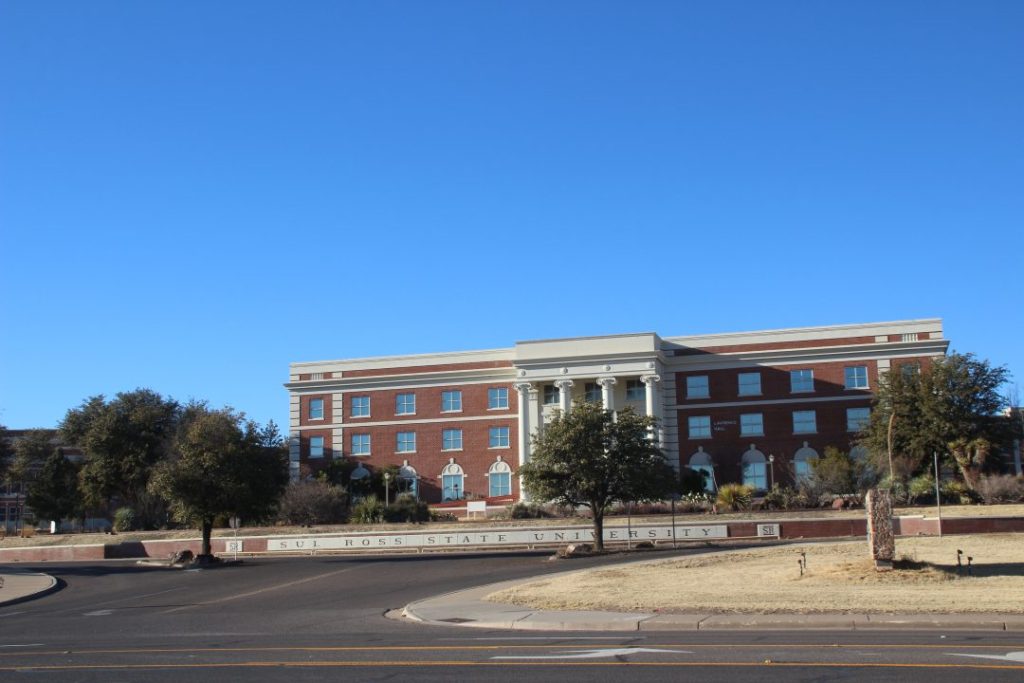
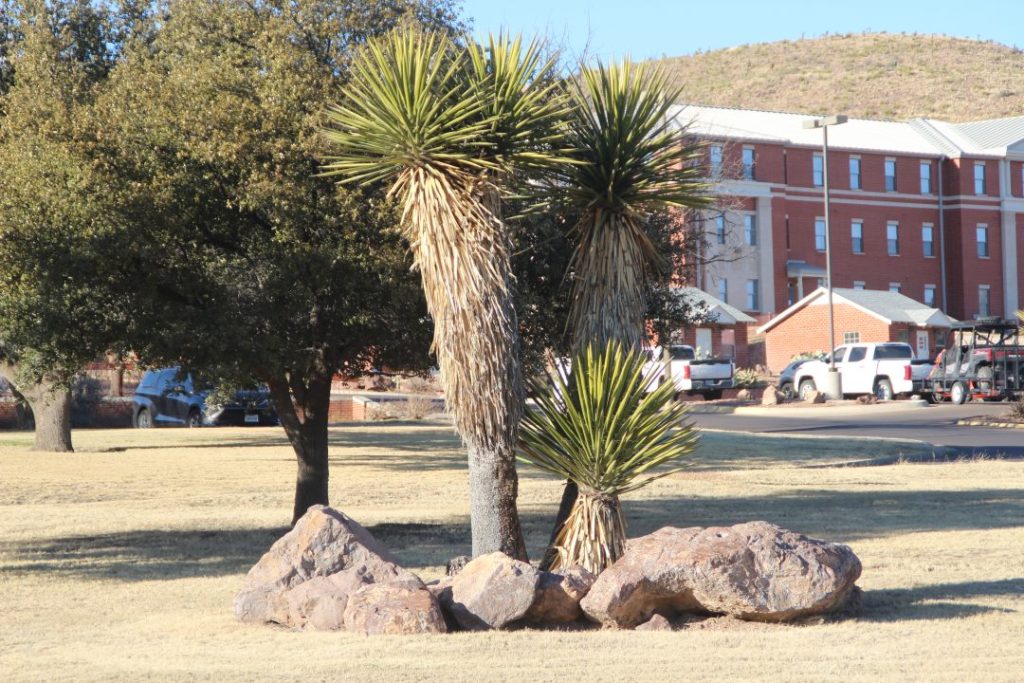

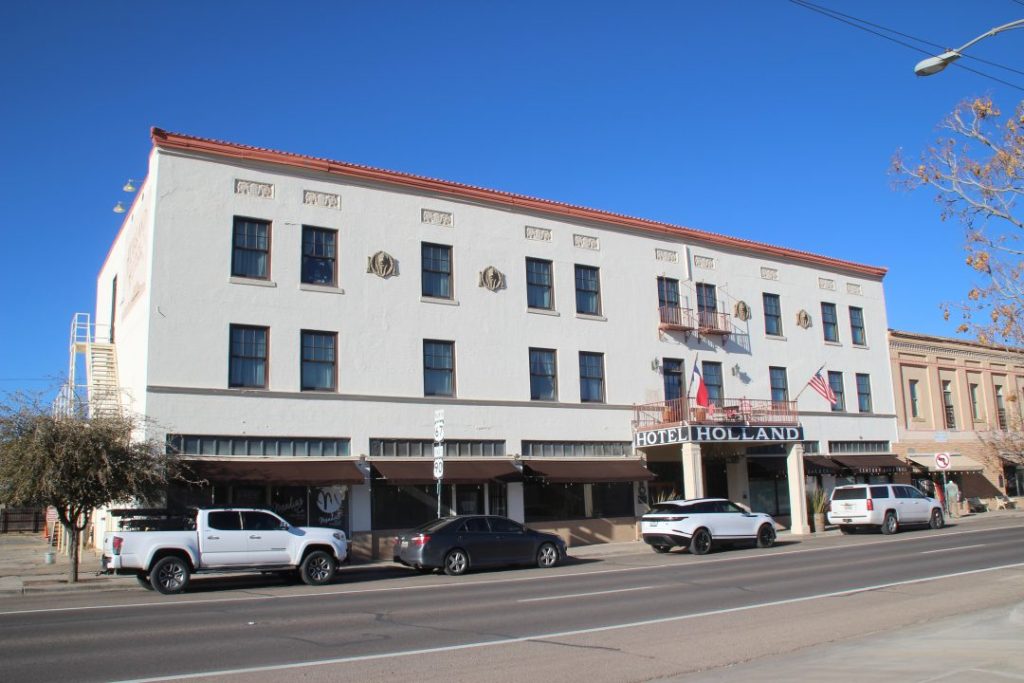
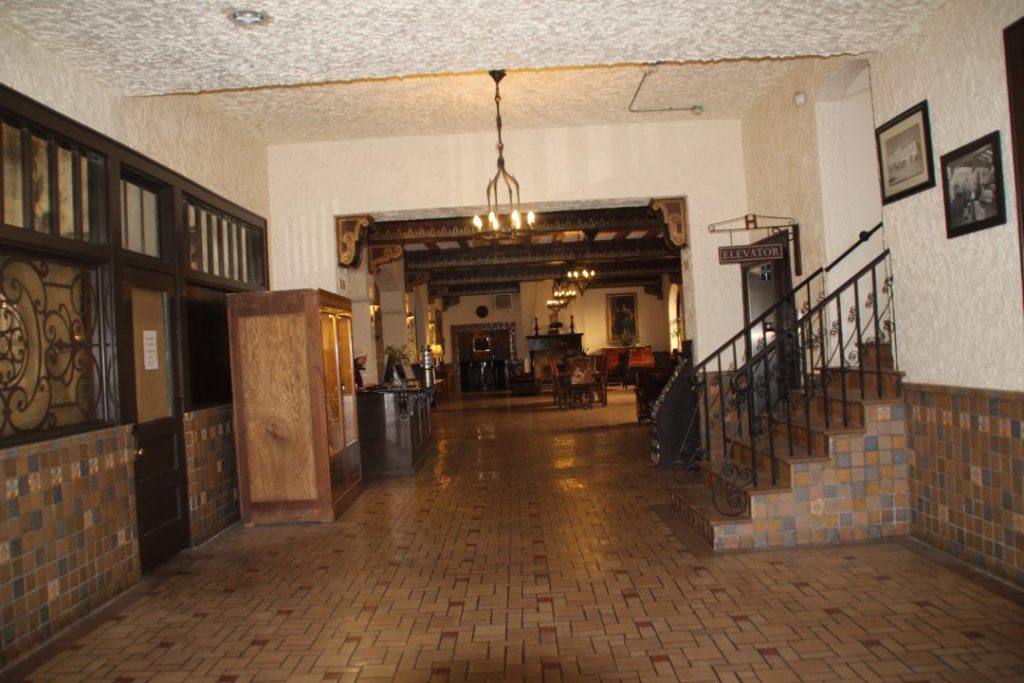
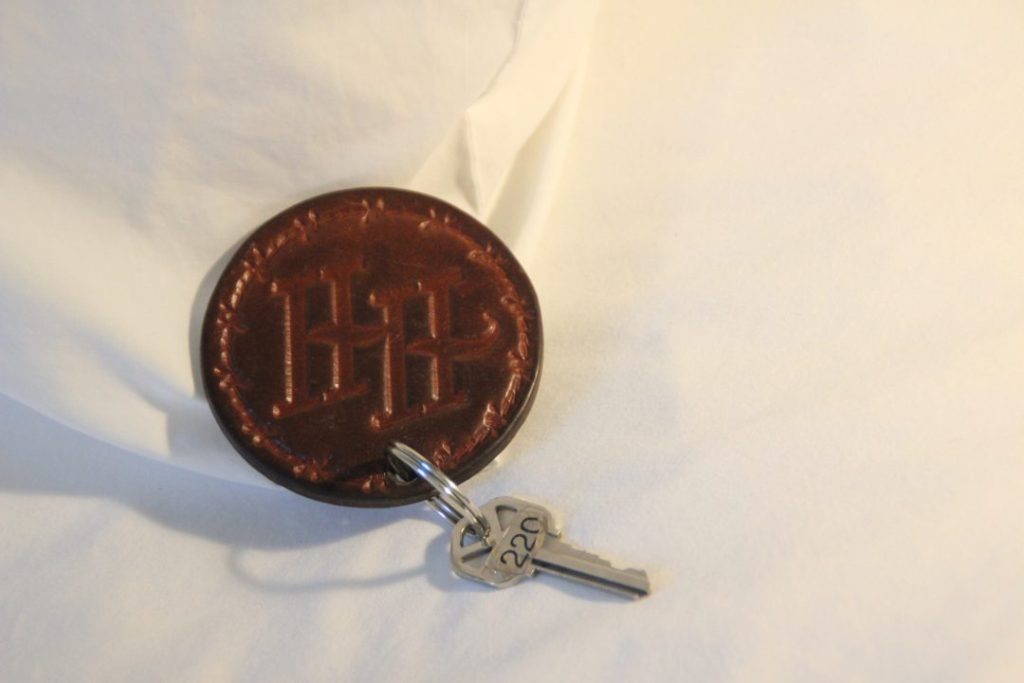

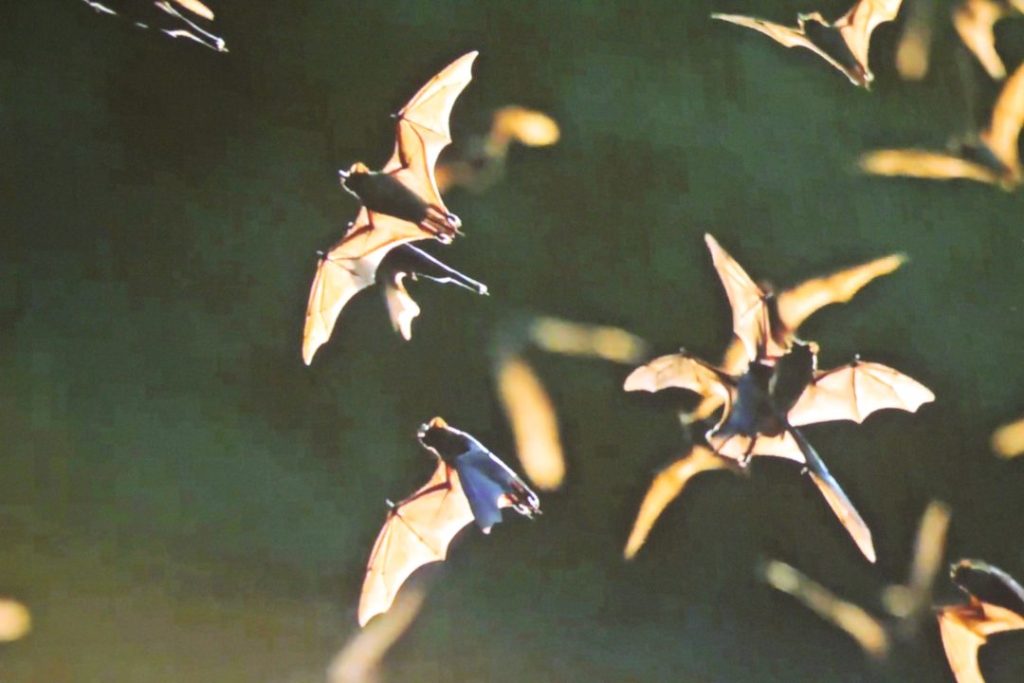
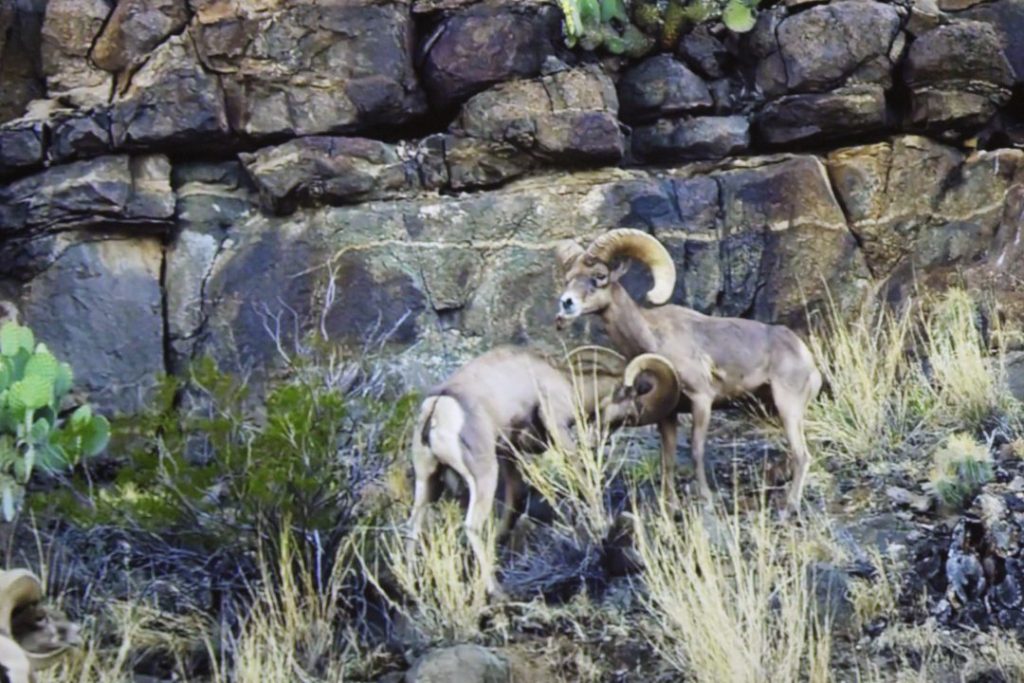
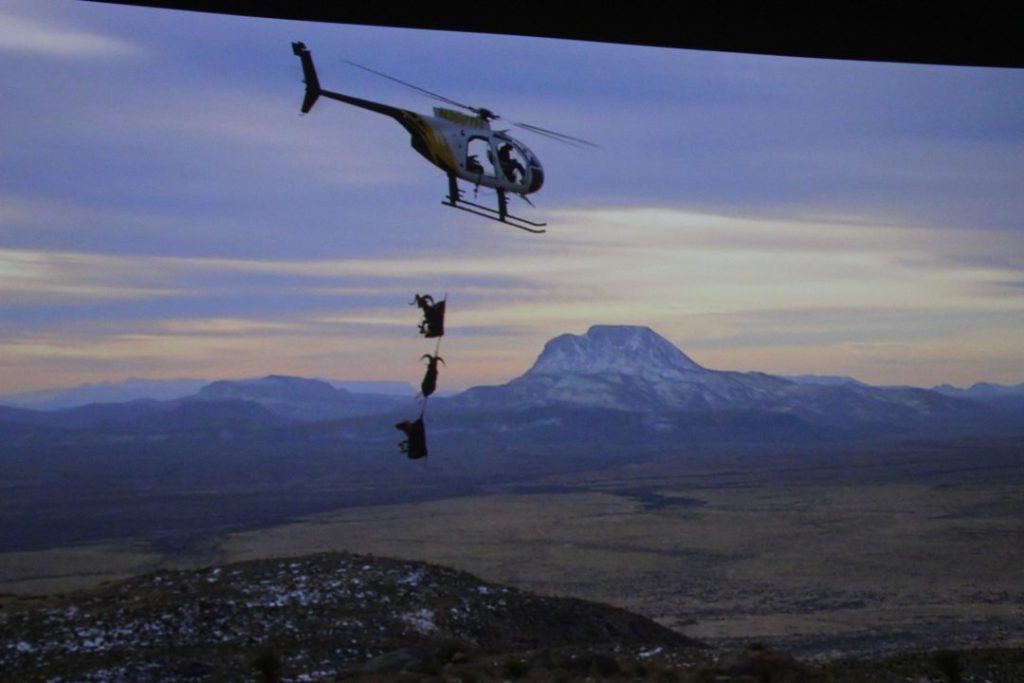
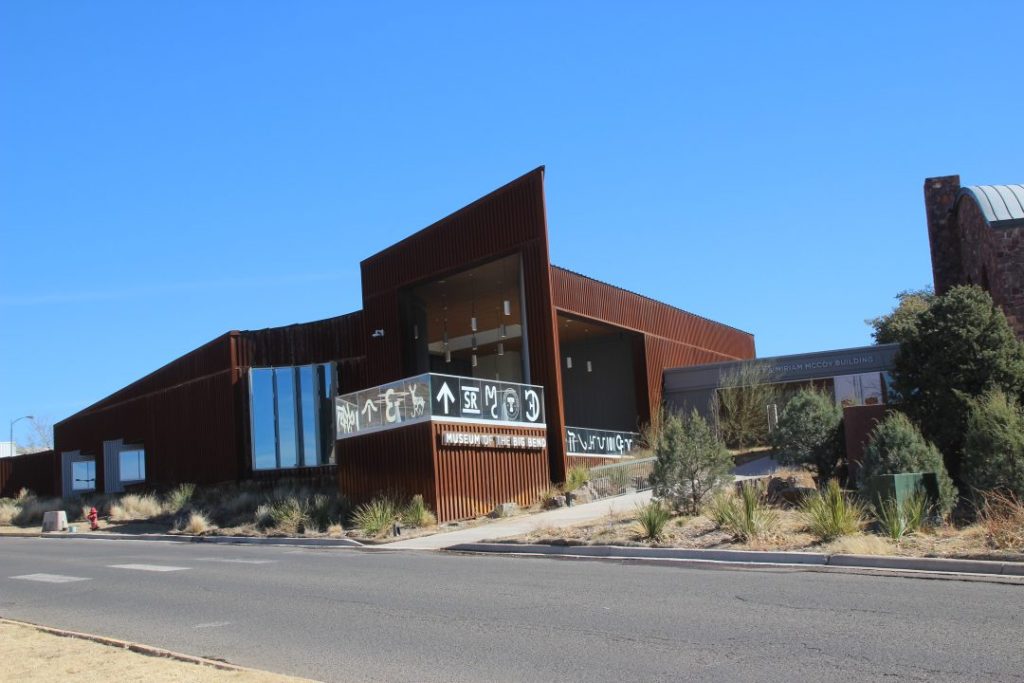
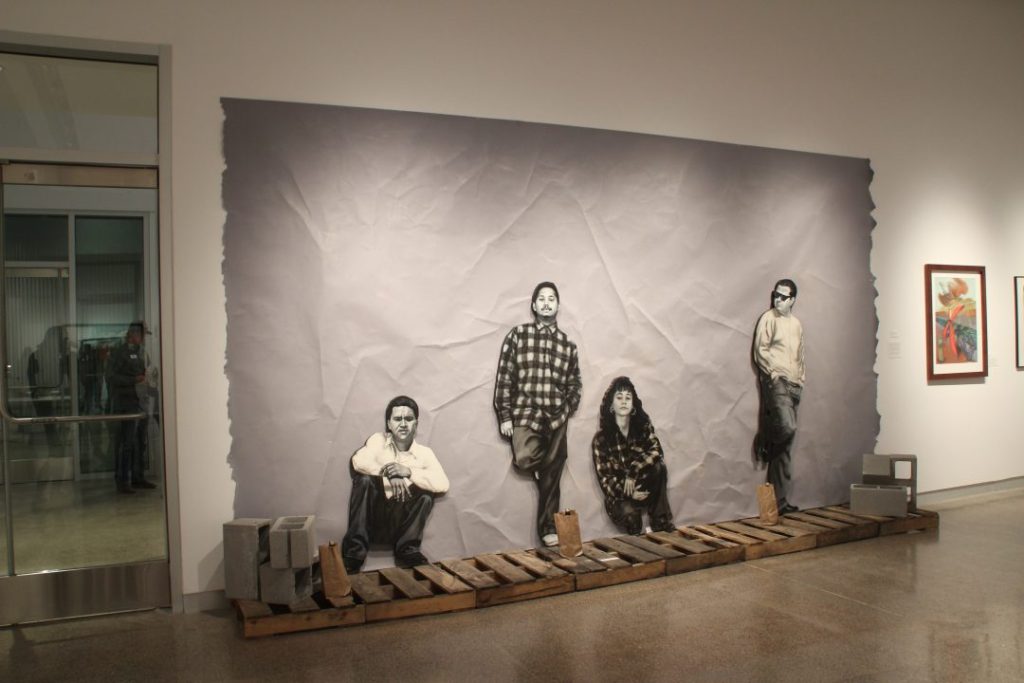
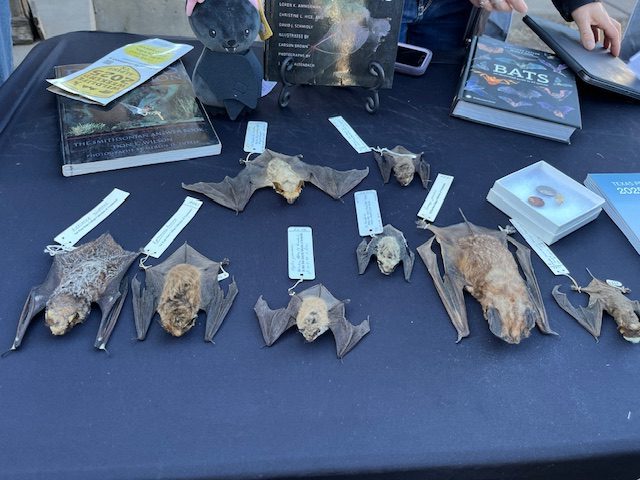
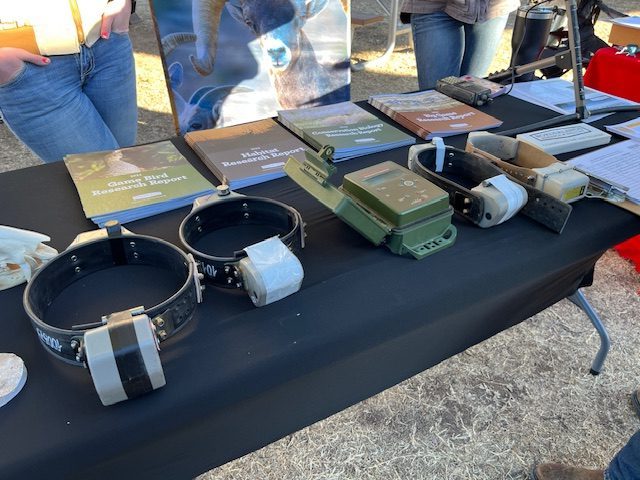

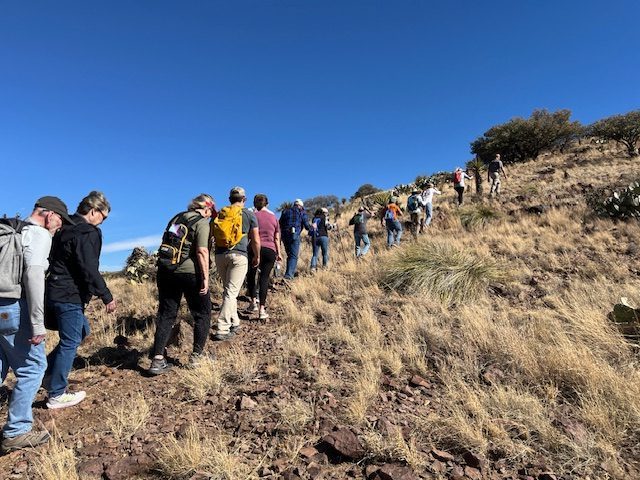

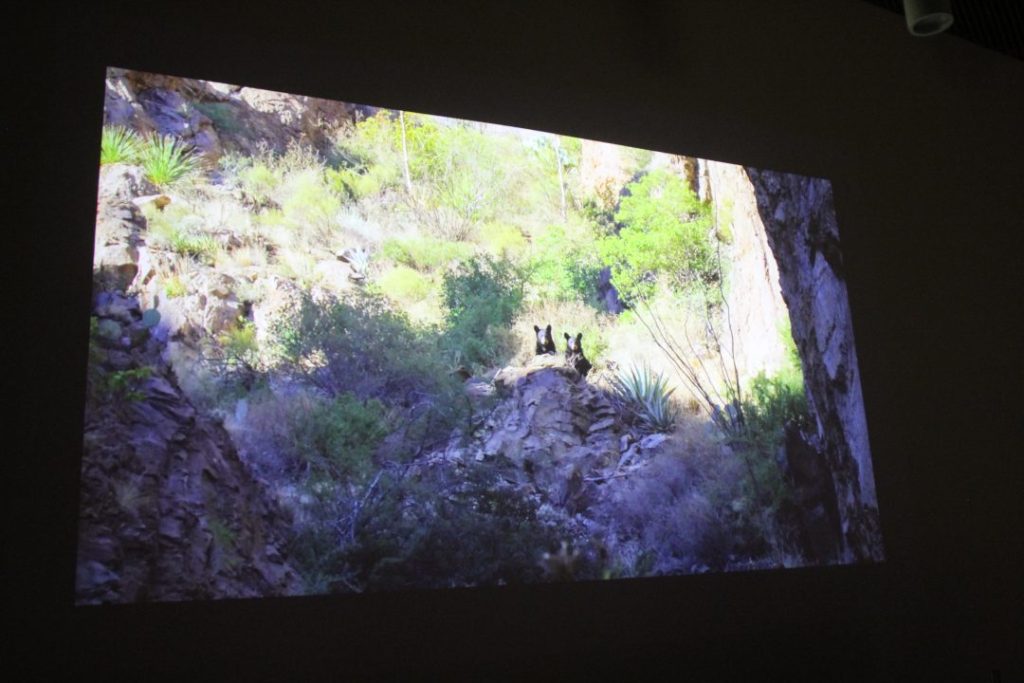
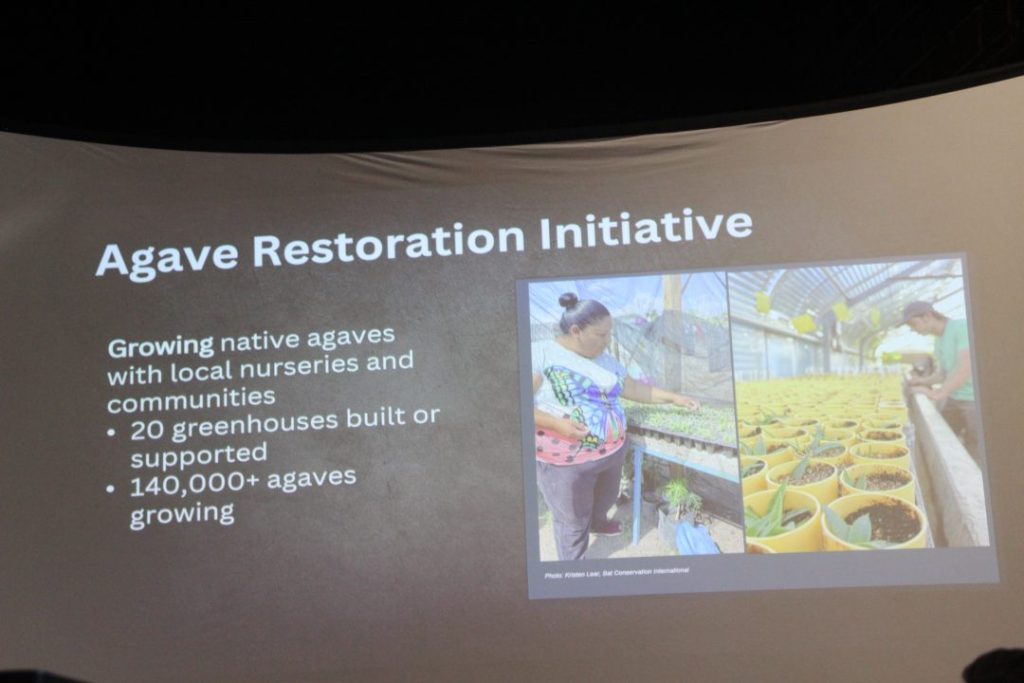

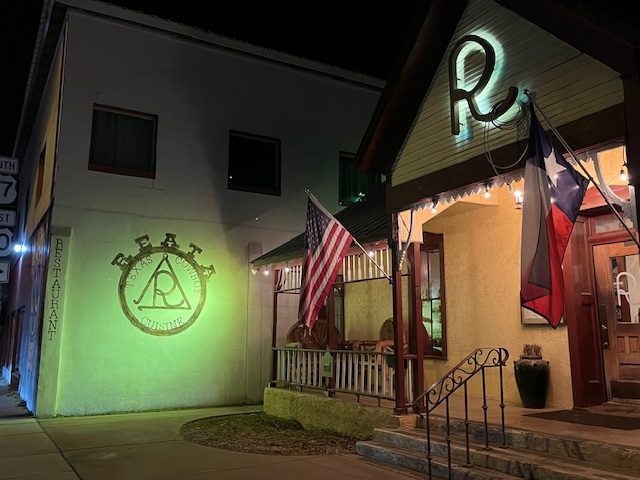

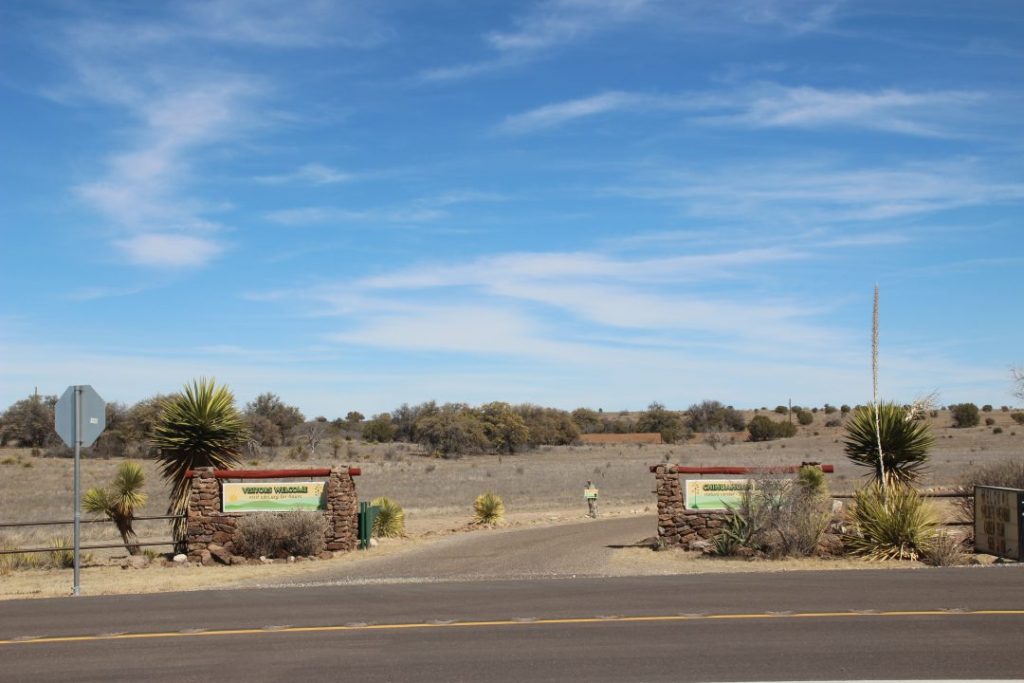
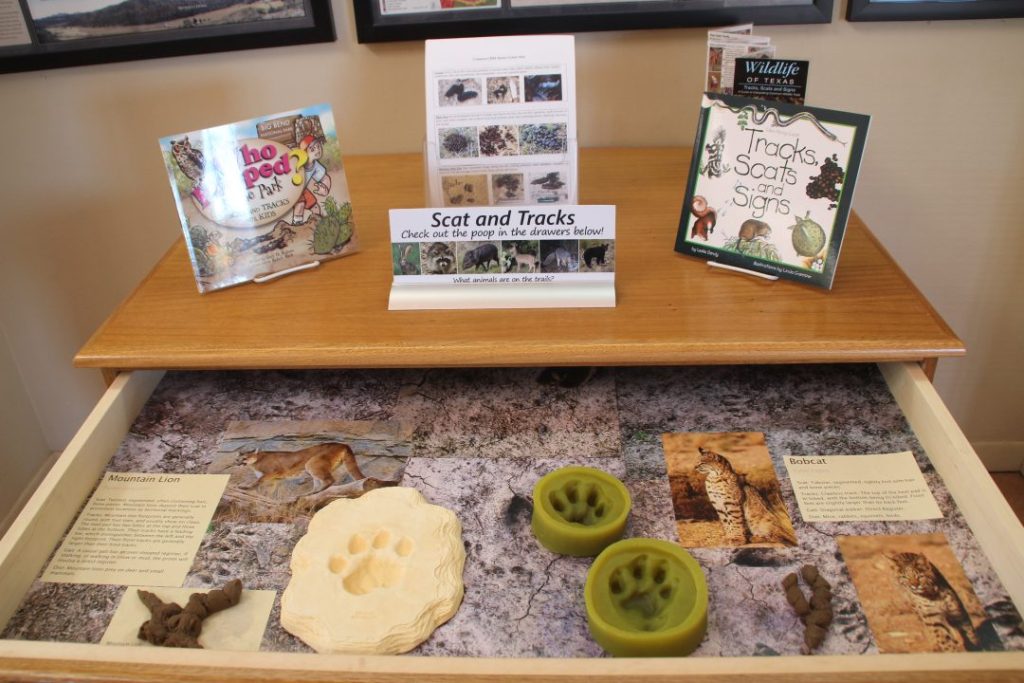
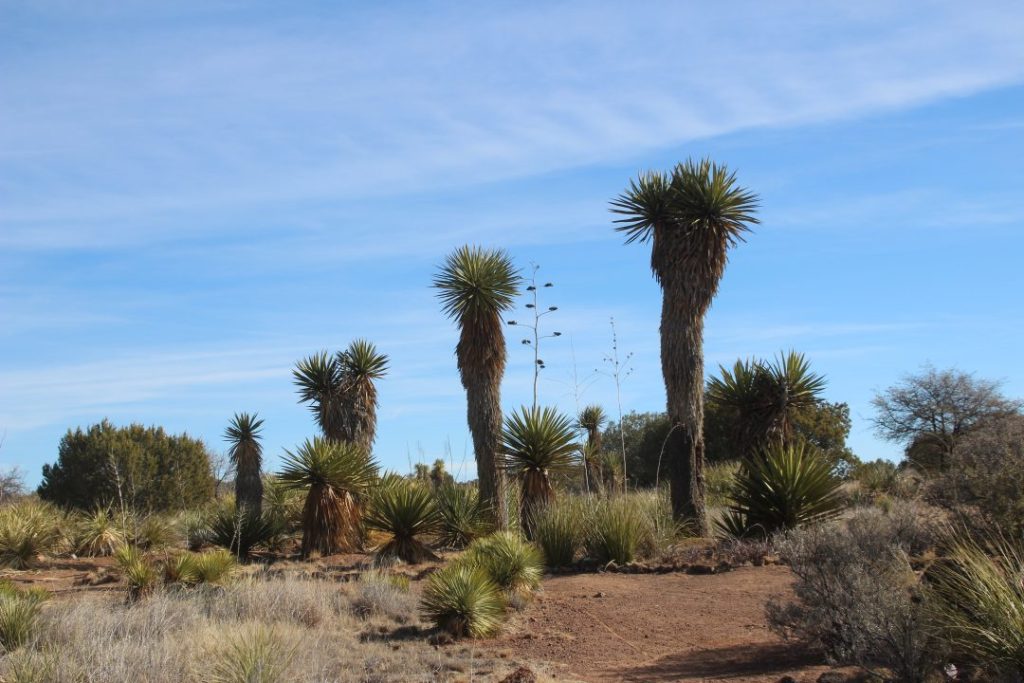
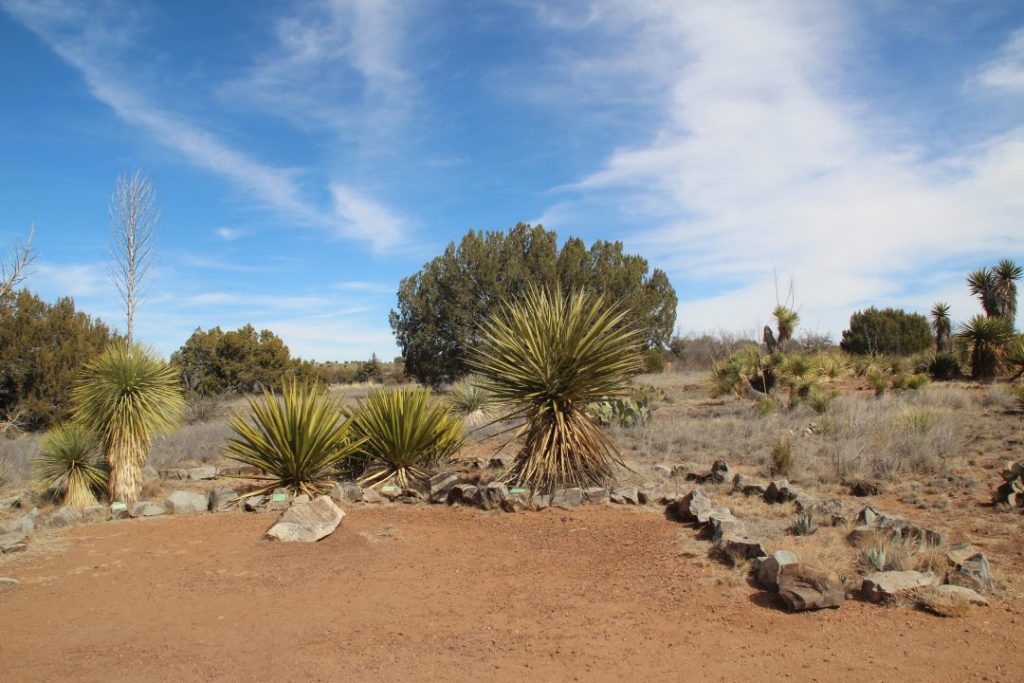
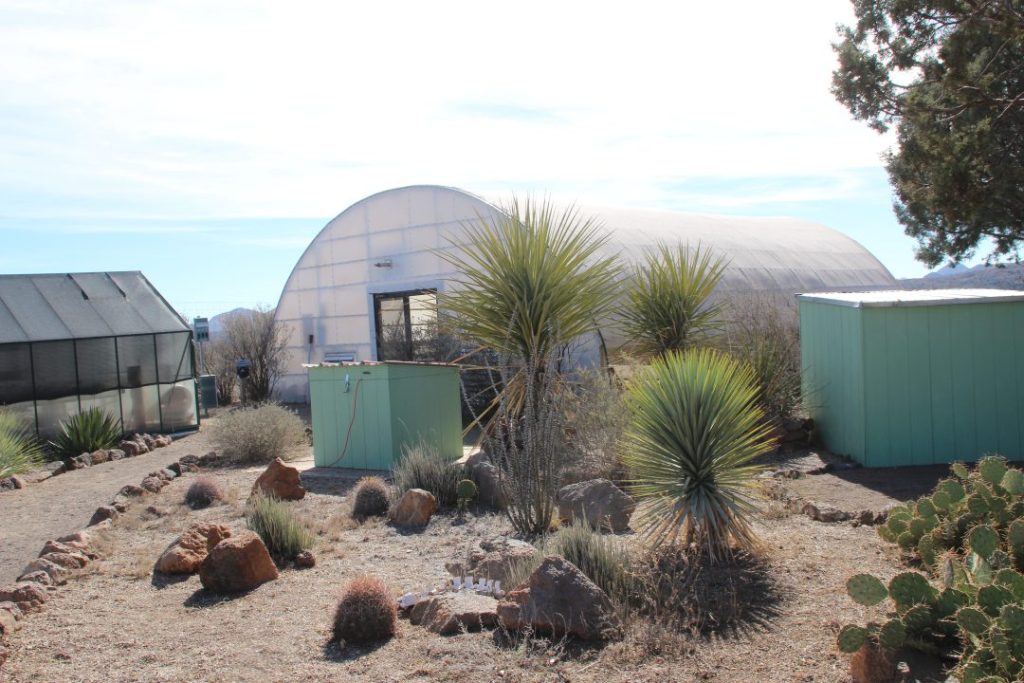
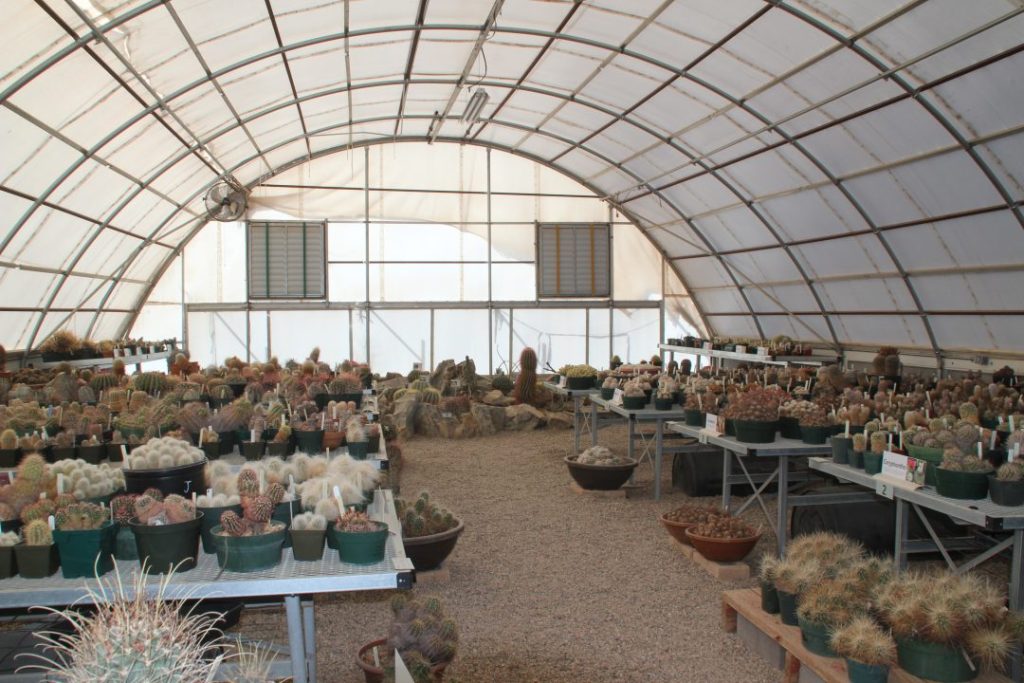
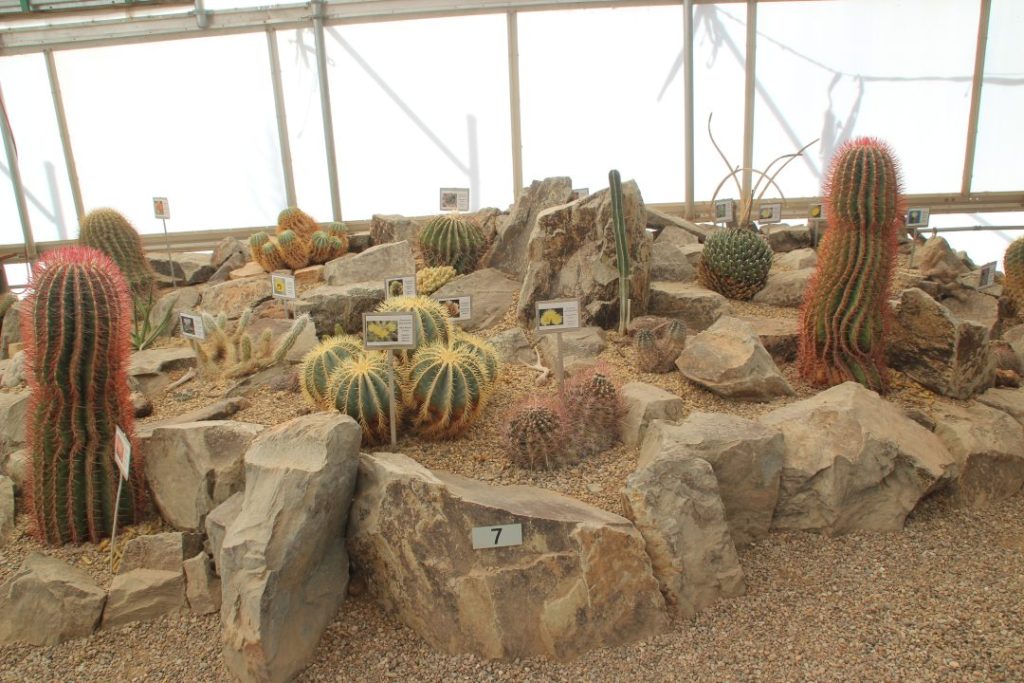
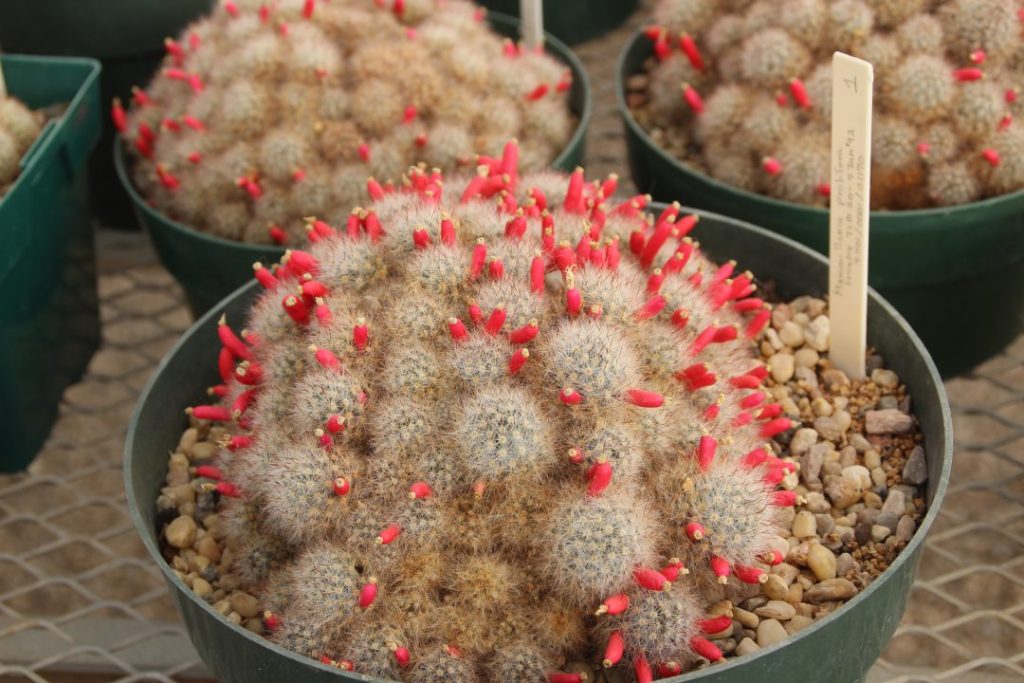
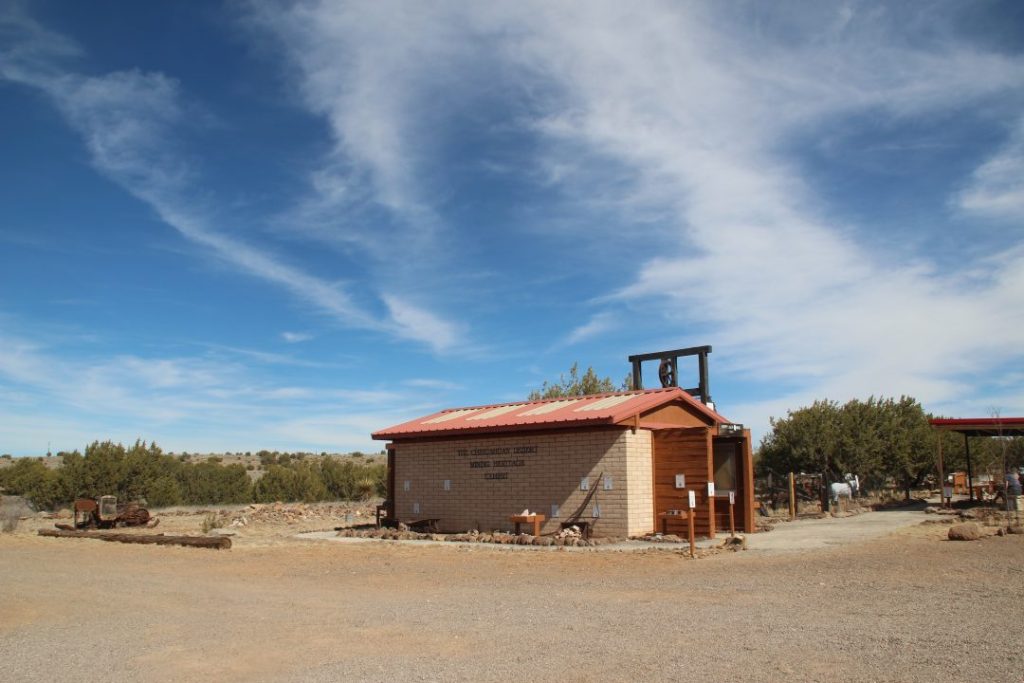
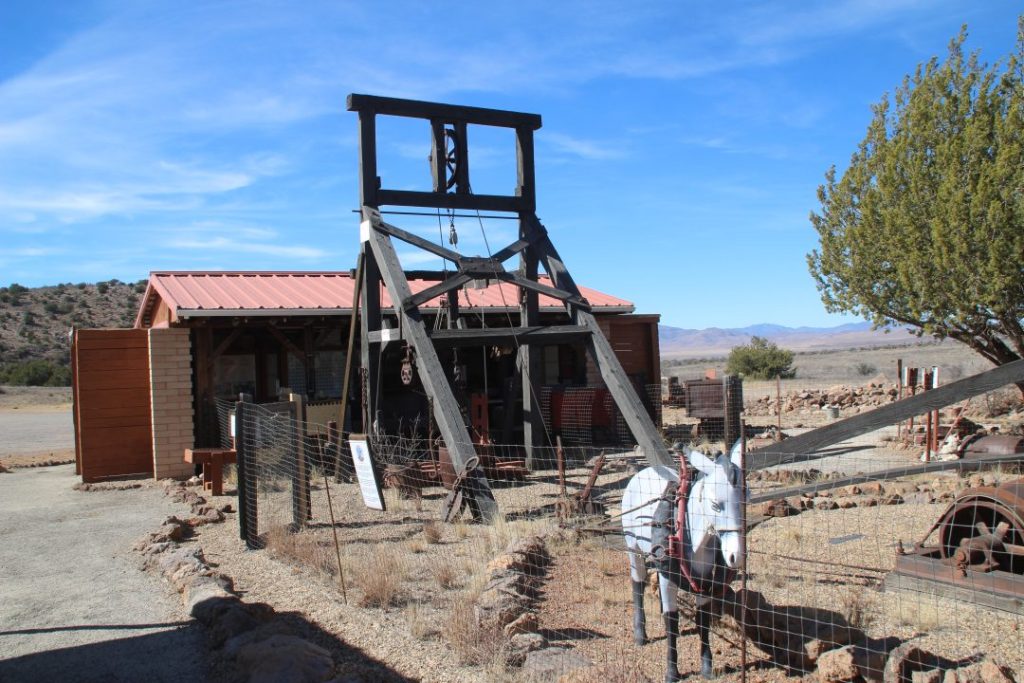
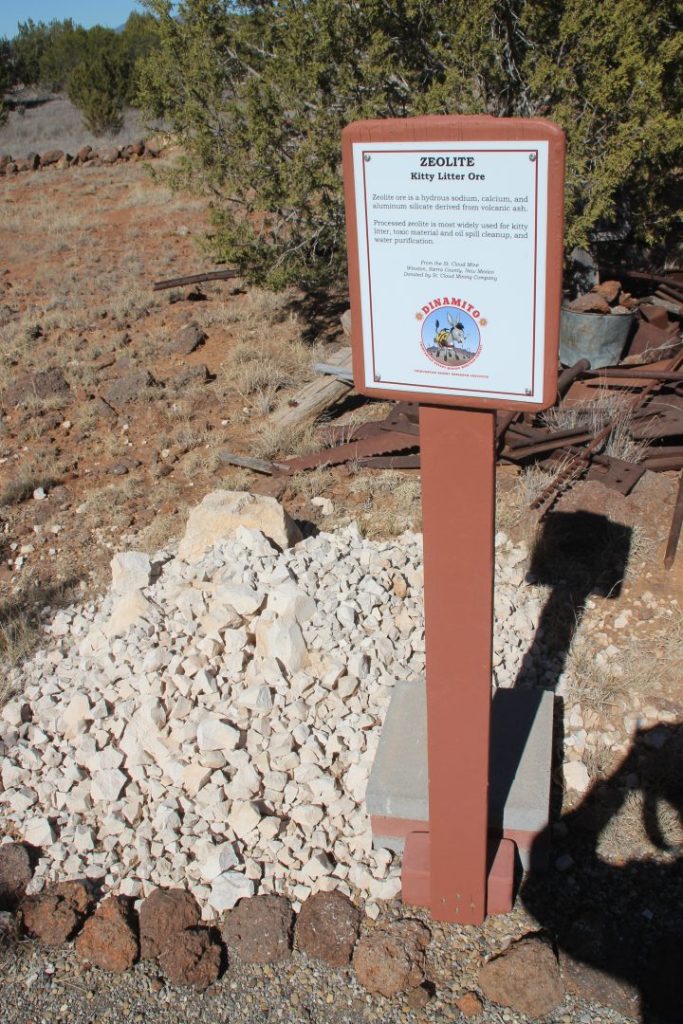
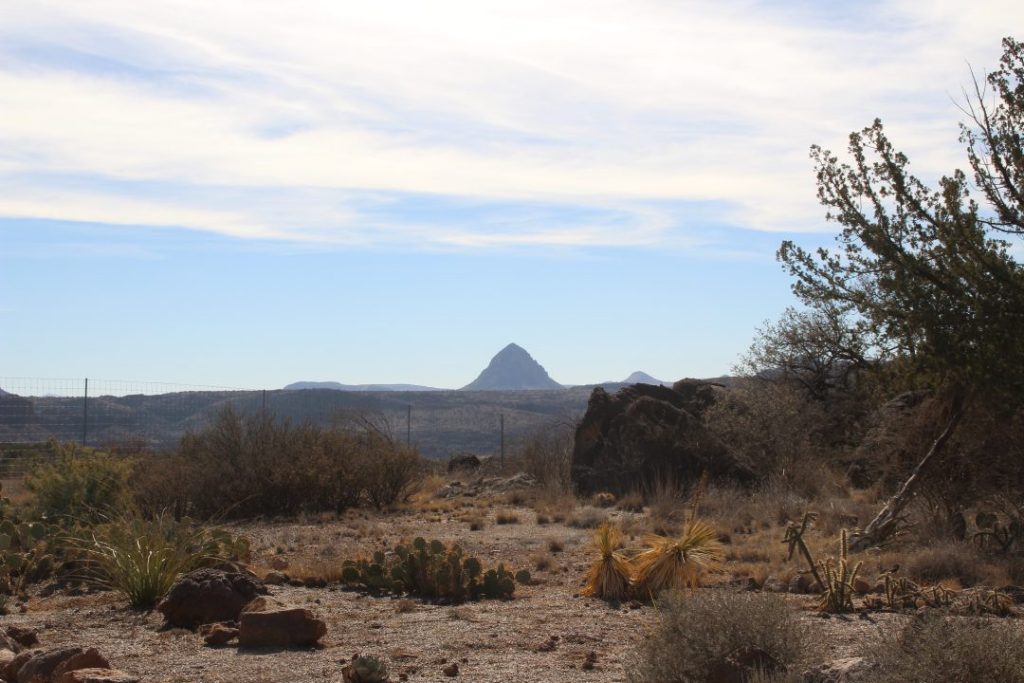
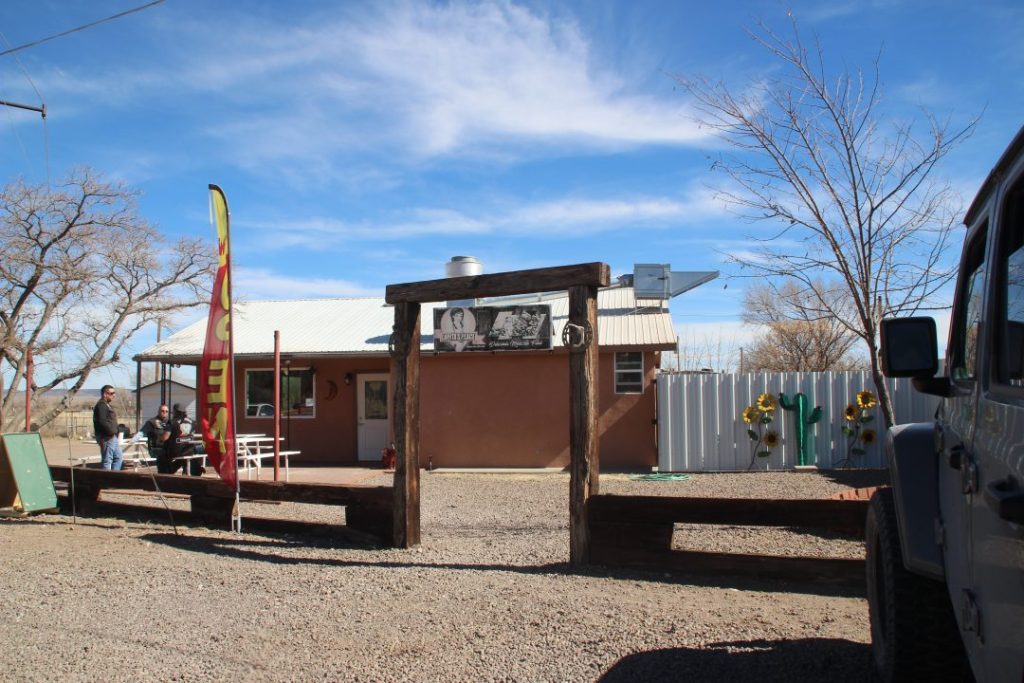
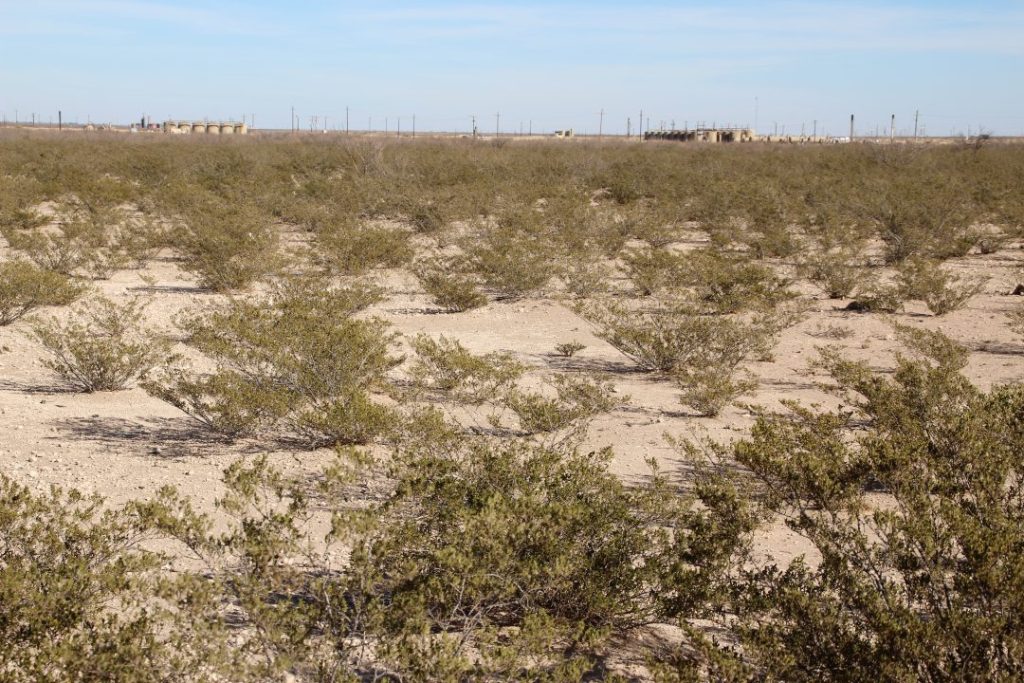
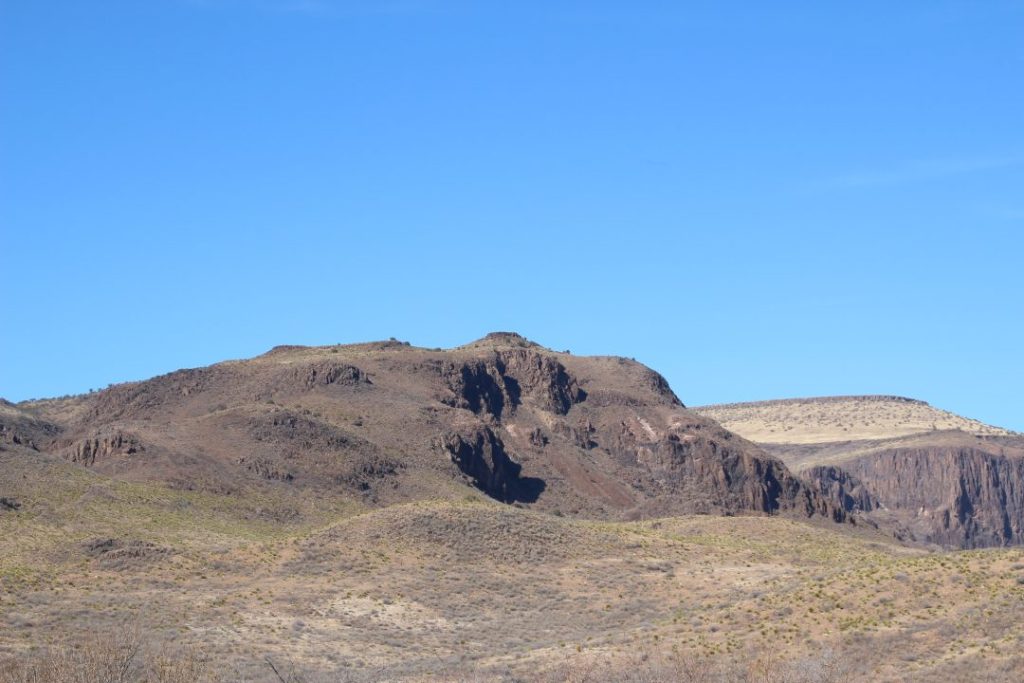
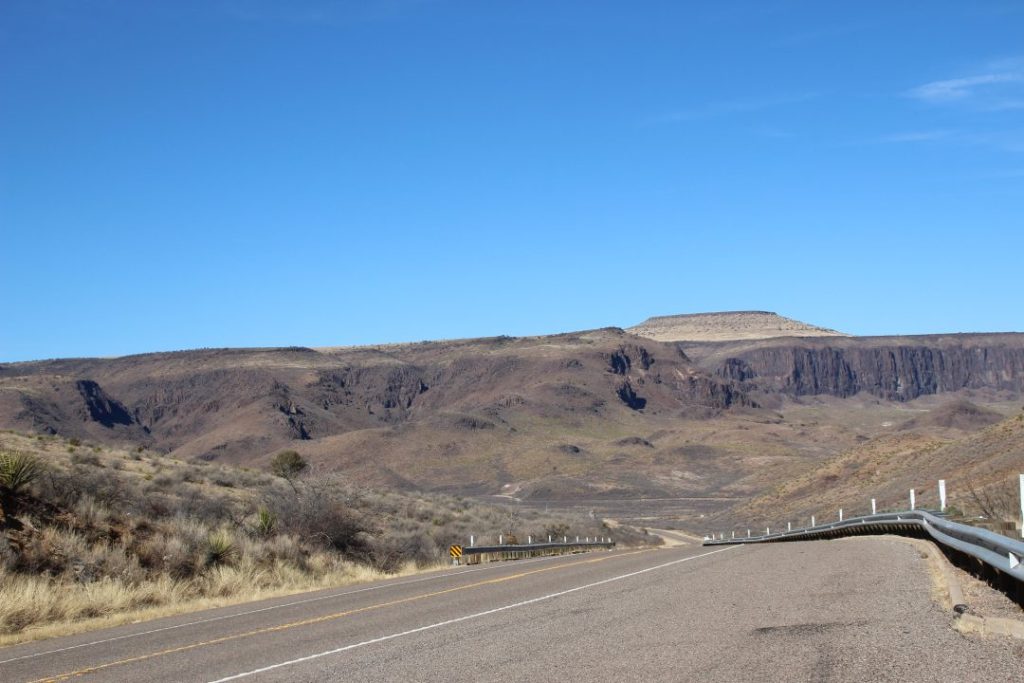
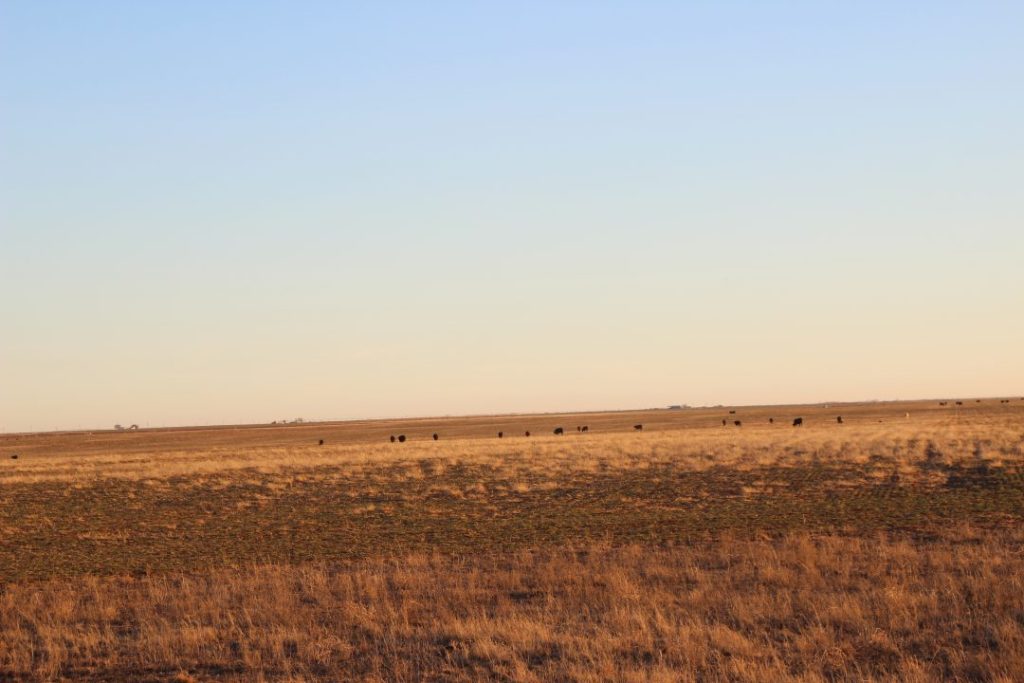
Alice thanks so much for sharing your story with pictures of these beautiful places in Texas. I was happy to learn about the variety of plants and animals. Thanks again and happy travels.
Thanks for reading, Virginia. It was a fun trip!